Trikala Korinthias , also known as the main village of Killini, is built on the ruins of ancient Miseo and consists of three districts: Ano (upper), Mesaia (middle) and Kato (lower) Trikala.
Each visitor has the opportunity to discover aspects of the ancient Greek history, to explore unique pathways in the mountain and enjoy beautiful panoramas of Greek nature, as well as important cultural monuments with significant influence on the site of Korinthia and the wider area of the Peloponnese.

Kato Trikala
The unique landscape of the welcoming village of Kato Trikala (lower district), at an altitude of 900 meters, combines the salty air of the Corinthian Gulf with the traditional and wild beauty of the highland. Every small or bigger path leads to the center of the village, in a picturesque square, which is surrounded by two very old plane trees.
Their branches, create a big shadow which offers a fresh gust to the visitors of the nearby restaurants and cafes, where traditional plates made out of local products and a lot of ‘meraki’ (to do something 'from the heart') are served.
Mesaia Trikala
The village of Mesaia Trikala (middle district) embraces the peaceful coexistence of the traditional and modern architecture, having stone and wood as the main design elements. Mesaia Trikala is the village with the most dense guesthouse infrastructure of the area, offering lots of opportunities for a relaxing stay to the visitors.
The village also sets the point of departure of all the special climbing paths of the mountain of Ziria, ideal for excited adventure seekers of all ages.
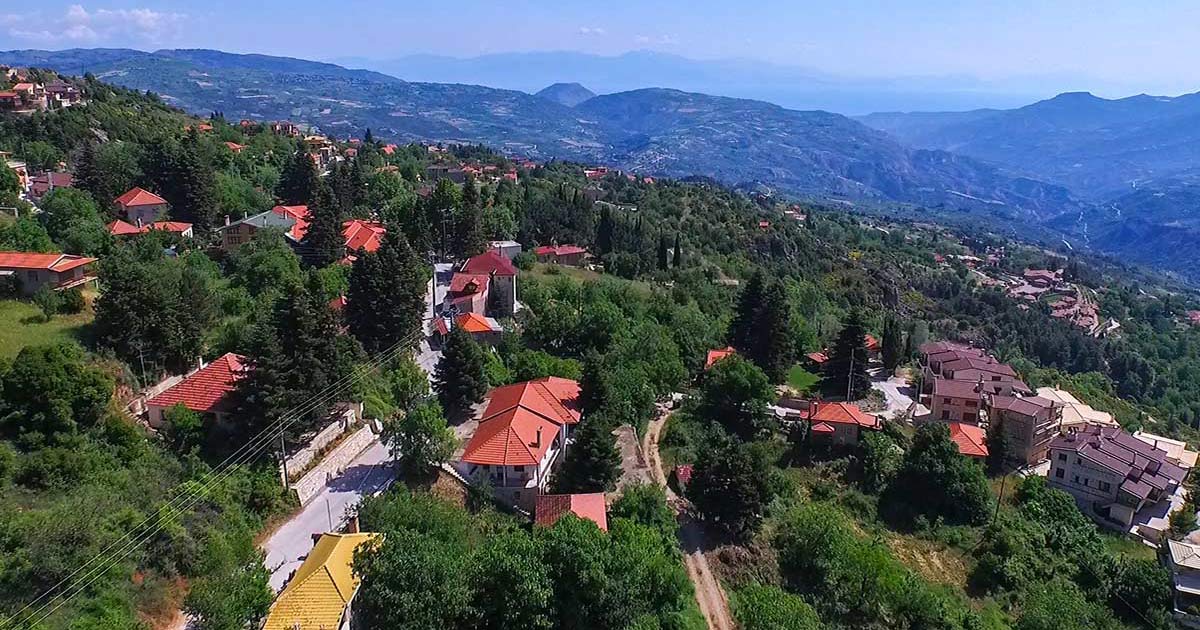

Ano Trikala
In the village of Ano Trikala (upper district) guests can visit the impressive Mansion of Notarades, one of the most wealthy and known families in the area, imposing in the heart of a great compound of old perservable stone mansions.
The Mansion of Notarades is the family house of Gerasimos Notaras, and is built right next to Agios Gerasimos church with the great dome and byzantine religious paintings. Agios Vlasios monastery is also located in the village of Ano Trikala, which was built back in the 15th century, next to the place where his miraculous portrait painting was found.
Agios Vlasios monastery
Agios Vlasios monastery is one of the female monasteries in Korinthia, located opposite a big rock with a cave, where, according to tradition, the religious painting of the Saint was discovered. Because of this painting, the area is considered one of the most famous points of peregrination for Agios Vlasios from Anatolia (Mikra Asia), in Greece.
During the Ottoman Empire times, the monastery operated as the main cultural center of the wider area, which until the 20th century was a strictly male abbey, standing as a historical and cultural landmark.
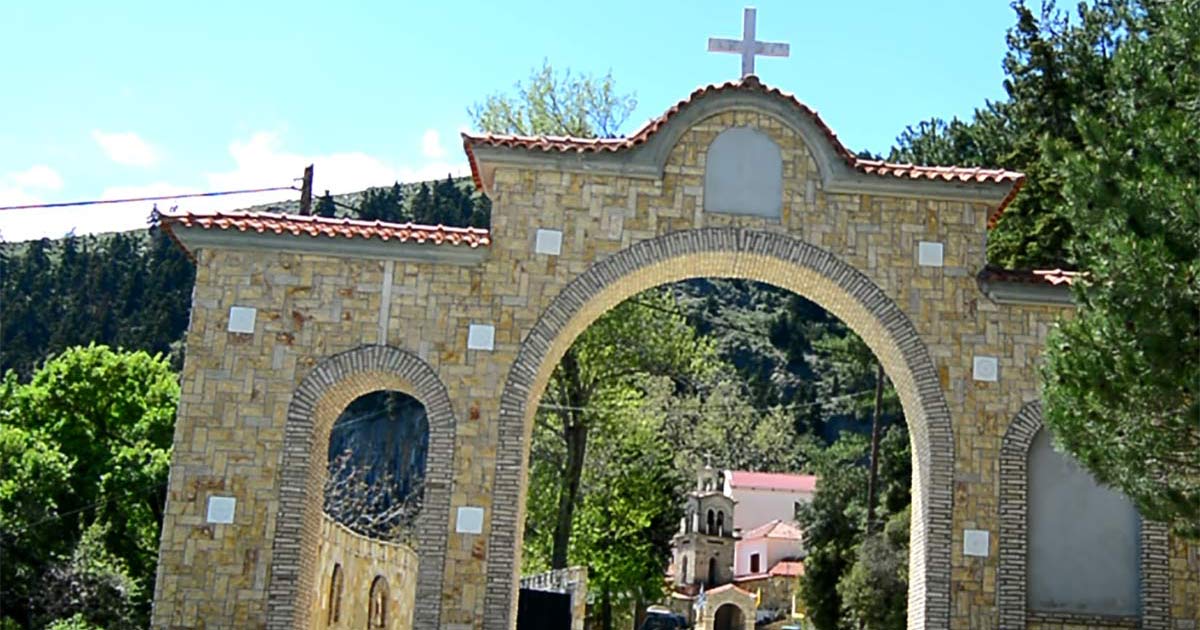

Mount Ziria
Ziria Mountain, being the second highest mountain in the area of Peloponnese, is revealing it’s wild beauty along with the ravine of Flambouritsa. Here lies an ideal site for hike lovers and trekking enthusiasts, a unique nature habitat that is nestled in the NATURA 2000 network, from the sweet waters of Lake Dasioy to the mountain top at 2,347 meters height.
The wildlife of the area consisting of rare prey birds, hares, foxes and horses, as well as the flora with fir trees, oak trees, poplars and mushrooms, surrounds the area, while creating a magical natural landscape.
Lake Stymfalia
The boggy lake of Korinthia maintains its waters during winter, covering 3.5 kilometers acreage, with a maximum of 2.5 meters depth. According to mythology, the lake is linked to the Sixth Labour of Hercules, as the place where he slayed the Stymphalian Birds. Hercules managed to confront the Birds with the help of Athena, defining the significance of the area from a historical point of view.
During the Roman Times, Lake Stymfalia was the water provider for the populous area of Korinthos through the emperor Andrianos’ aqueduct, counting 1 million visitors per day.
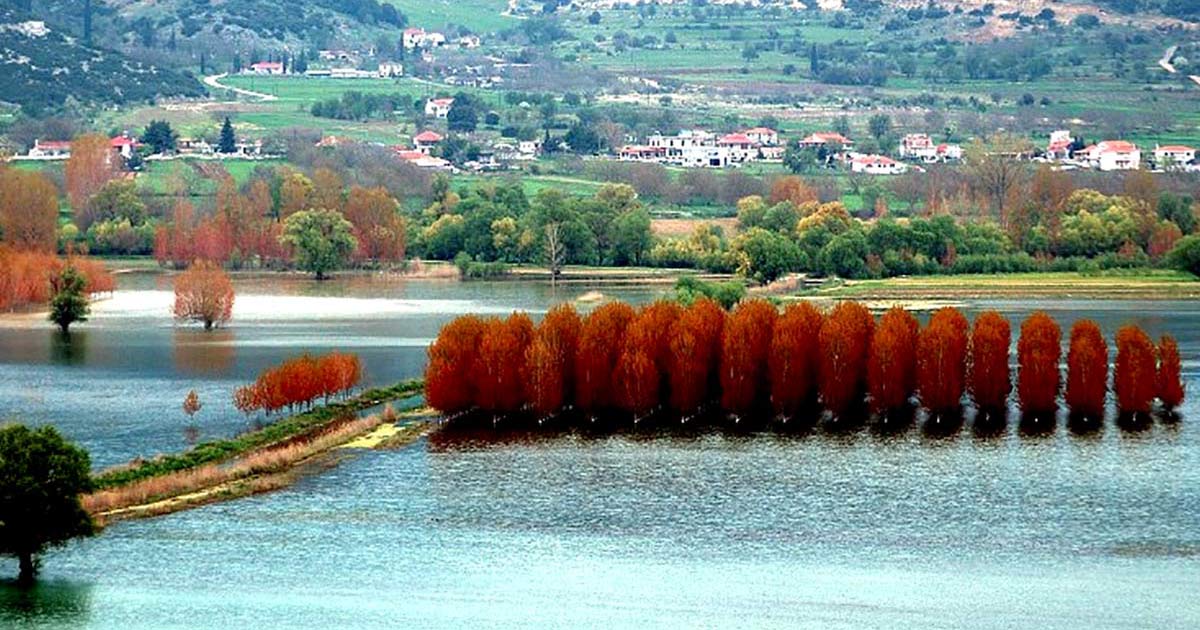
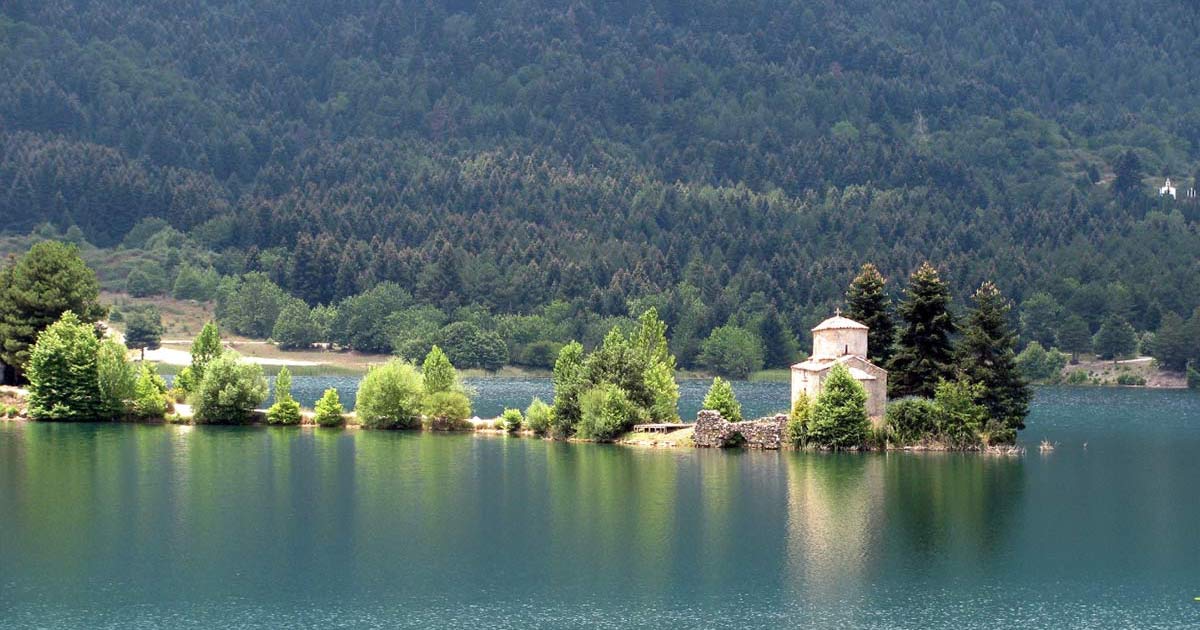
Lake Doxa
‘Hidden’ between the surrounding highlands of Korinthia and Achaia, Lake Doxa is one of the greatest and most accessible get-away destinations from the center of Peloponnese and Athens. Although being an artificial lake inside the nest of Feneos Valley, Lake Doxa embraces the natural beauty of its environment and creates magnificent scenery.
At an altitude of 880 meters, it is ideal for family vacations and activities, such as horse riding, trekking and cycling across its watersides. At the bottom of its 8 meters deep waters, Lake Doxa ‘keeps’ the old altarpiece of Agios Georgios, which every year is visited by many, who dive and enjoy its beauty.
Dasiou Lake
The mountainsides of Ziria impose around Lake Dasiou, which is surrounded by beautiful grasslands, full of firs and colorful flowers. The natural habitat of the area celebrates the coming of spring with a vibrant scenery, whereas, during winter, the flowers make room for the snow to come and compose a breathtaking view.
The fauna consists mainly of horses, that together with the rest of the rare animal species of the wider area, are being protected and thus, can enjoy their natural environment and freedom.


Virgin of the Rock Chapel
The Virgin of the Rock Chapel, also known as Panagia Faneromeni, is located in Kato Tarsos, Feneos, and is built on a huge rock pointing towards the northeast side of the valley. In the lower side of the cave’s interior, there is a small church dedicated to the Virgin of the Rock Chapel.
This church is said to be operating as a ‘secret school’ and a shelter for the area’s residents during the Ottoman rule. It is kept open to the public and offers access through a stone stairway, leading to a three-section room, devoted to Theotokos (‘Mother of God’).
Κορινθιακός Κόλπος
Ο θαλάσσιος Κόλπος της Κορίνθου, μήκους 127 χιλιομέτρων, χρωματίζει με γαλάζιο την ευρύτερη περιοχή και αποτελεί ένα από τα χαρακτηριστικά στοιχεία μορφοποίησης του κορινθιακού γεωσχηματισμού.
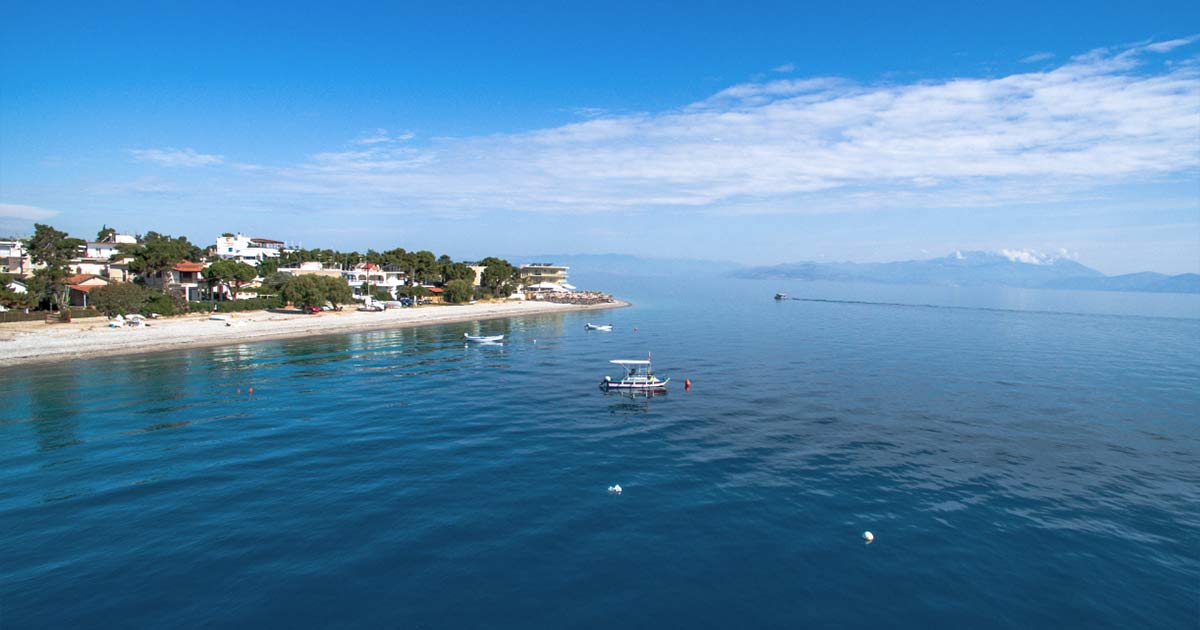
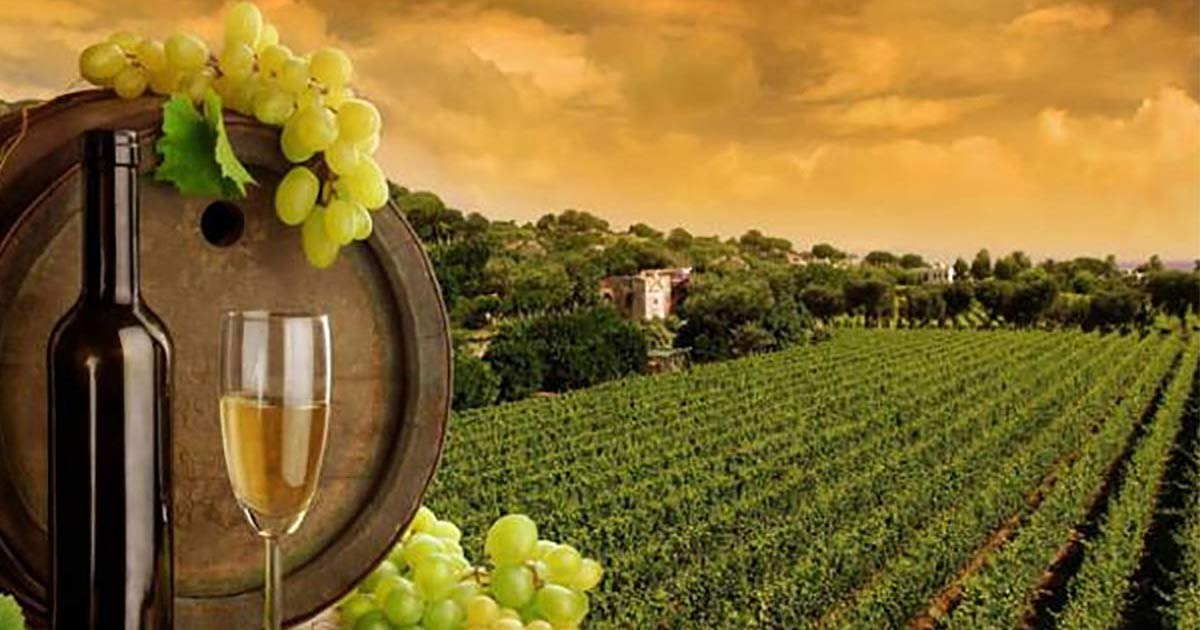
Nemea
The 127-kilometer long Corinthian Gulf coloring the broader area in blue, is one of the characteristic elements shaping the Corinthian habitat. Also, some kilometers away from Trikala and Xylokastro, there is the historic town of Nemea, the largest wine-growing site in Greece, located there since ancient times (also known as Fliasion Pedion), where the famous high quality “Nemea” wine originates from.
